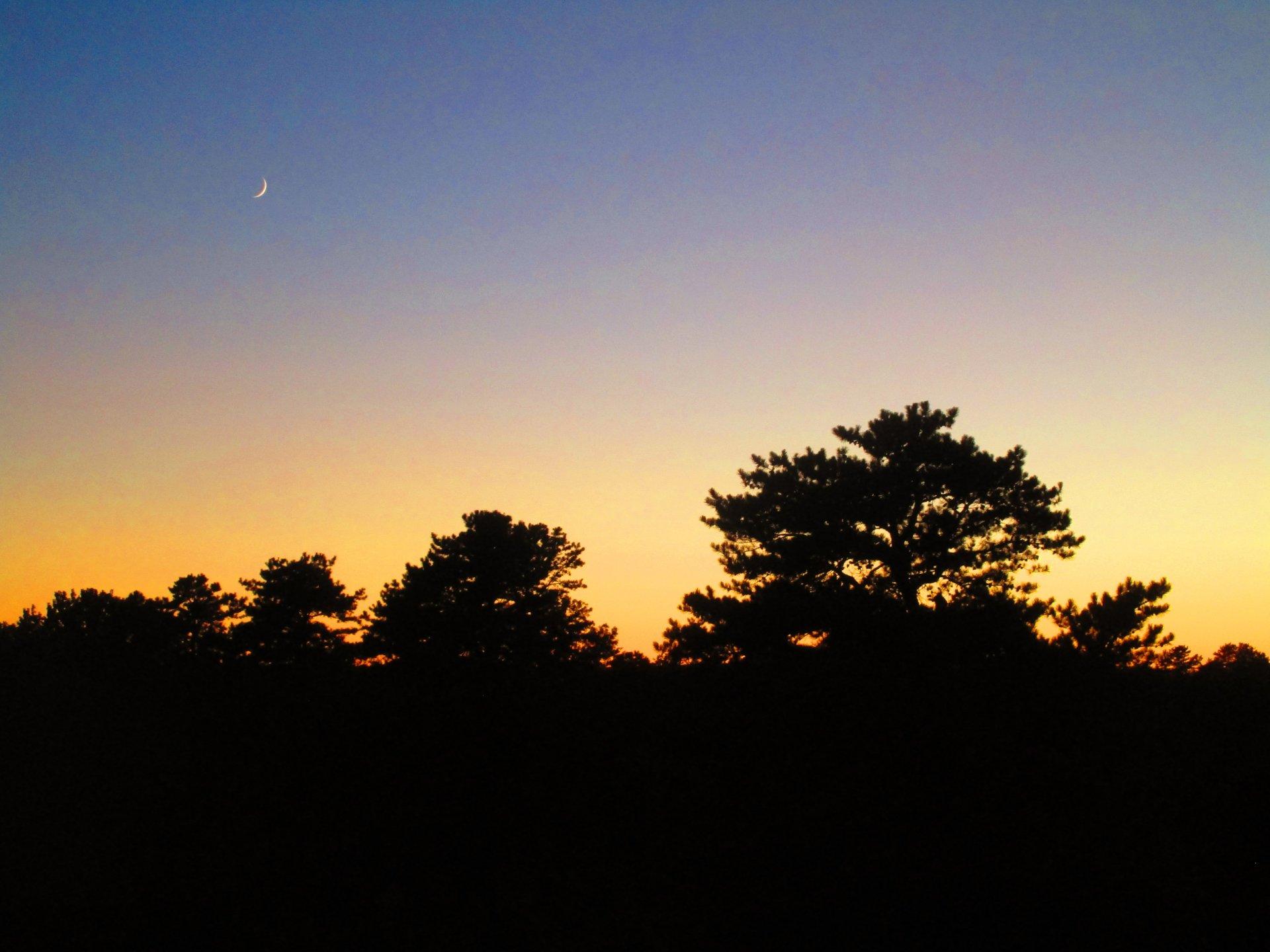Ten months after city officials shocked local conservationists by reversing course and saying that they wanted to protect the Woodlawn Preserve, they are putting money toward that goal.
They are now planning a $31,500 yearlong environmental study that would determine the best way to protect the crumbling pine barrens in the overgrown preserve.
The 145-acre wetlands area has been called the Woodlawn Preserve for decades, but it has not actually been set aside as a preserve. The study is the first step toward protecting the area forever, Zoning Of ficer Steve Strichman said.
“There’s not a lot of Pine Bush left there,” he said. “They’ve been overrun by other sp~ecies. This will help us identify whatts worth saving and how to manage it.”
Studying the area is expected to cost $31,500, but the city has applied for a $25,200 state grant to cover most of the expense. Plans call for work to begin in June.
Rotterdam, Niskayuna and Colonie have signed on in support of the grant, noting that the Woodlawn Preserve is adjacent to Pine Bush land in all three suburbs.
“We want to work with them because they have a stake in it. It’s all a Pine Bush habitat,” Strichman said. “They’re important players in this. We don’t want to shove anything down their throats.”
But those municipalities are hardly expected to fight any preservation proposals. Schenectady has been the only municipality that appeared intent on developing the last of its Pine Bush, so much so that when the Schenectady City Council members said in February that they wanted to preserve it, the reaction from environmentalists was surprise. After questioning whether the news could possibly be true, they celebrated.
“We did keep eating away at it, a little at a time,” Strichman said, referring to several housing developments that were built in the area. “And we have 5 or 10 acres that are not in the wetlands area that we wanted to develop. But that’s not the city’s intent now. In the comprehensive plan, we agree this land needs to be preserved.”
The management plan will not include any options for development, but it may call for restoration of the habitat, which would involve removing the invasive flora, Strichman said.
That’s music to the ears of conservationists like Christopher A. Hawver, the executive director of the Albany Pine Bush Commission. When city officials called to ask him if he’d help advise them on management options, he said yes immediately.
“The city wants to do the right thing,” he said happily. “The Woodlawn Preserve is certainly property that’s worthy of protection.”
The Woodlawn Preserve is about three-quarters of a mile from the closest Albany Pine Bush Commission preserve. But it’s unlikely that Schenectady’s preserve will be managed by the commission, he said.
“Before taking it over, I would want to know what that would entail,” Hawver said. “I wouldn’t want to compromise what we’re doing here. We are managing 3,000 acres in Albany County.”
And the commission is supposed to focus on that. The state law that created the commission also forbade it from dedicating and managing preserves outside of Albany County, although Schenectady officials could lobby the state to change that law.
Until then, Hawver said he is eager to offer advice.
“I think your first step with Woodlawn is you need to control the problem uses,” he said. “Dumping, ATVs, that’s detrimental to the habitat.”
Re-creating the habitat itself can also be done, but he warned that it would be costly.
“We’ve gone as far as taking a parking lot with blacktop. Now, it’s a Karner Blue butterfly habitat. We’ve clear-cut whole acres of black locust, just cut everything down, took out the stumps and graded the land,” he said. “It’s very intensive and it’s expensive We’re doing it with grants, but it can be done.”
Reach Gazette reporter Kathleen Moore at 395-3120 or moore@dailygazette.com.
Published in the December 06/January 07 Newsletter
